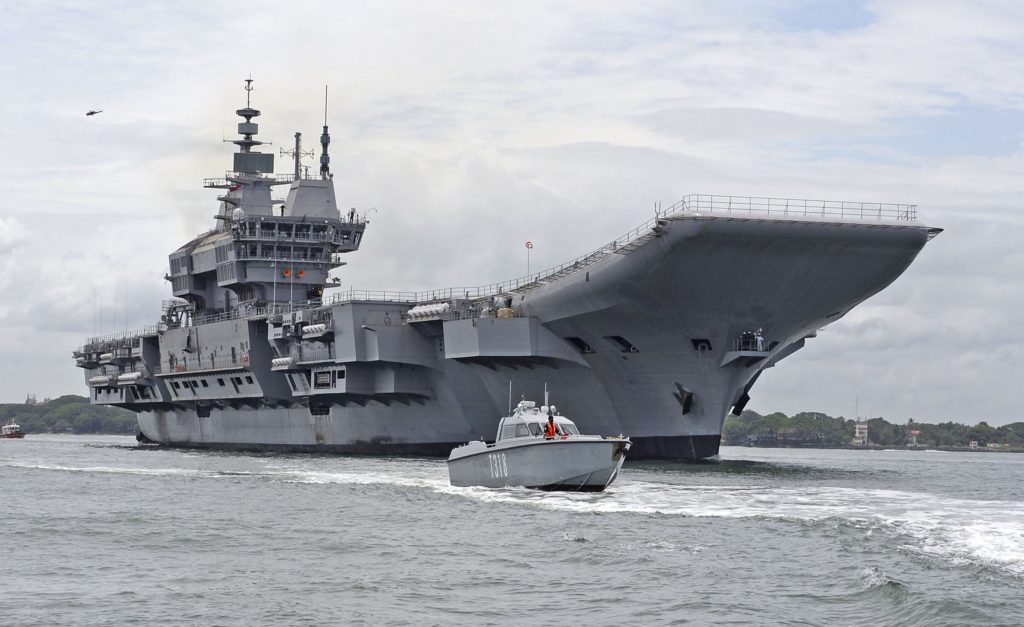SOURCE: ASIANINTERCEPT.COM

India’s recent decision to initiate the acquisition process for its second indigenous aircraft carrier, the Indian Aircraft Carrier-II (IAC-II), holds significant strategic implications for the region, particularly for Japan.
As Dr. Rupakjyoti Borah, Senior Research Fellow at the Japan Forum for Security Studies, rightly points out, this move comes at a crucial time. The Chinese Navy has rapidly expanded in recent years, becoming the world’s largest in terms of sheer numbers. This development has understandably raised concerns for India, which views China as a potential competitor in the Indian Ocean region.
The IAC-II, with its projected displacement of 45,000 tonnes and capacity to carry at least 28 fighter jets and helicopters, will significantly strengthen India’s maritime power projection capabilities. This is particularly welcome news for Japan, which has been actively collaborating with the Indian Navy through joint exercises like JIMEX and Malabar (alongside Australia and the US).
A second aircraft carrier for India would offer several advantages for Japan:
1. Reduced Pressure on Japan: A stronger Indian Navy will force the Chinese PLA Navy to divert resources and manpower to counter India’s growing maritime presence. This, in turn, would alleviate some of the pressure on Japan, allowing it to focus on other strategic priorities.
2. Enhanced Regional Security: A more balanced power dynamic in the Indian Ocean region would contribute to greater stability and security, benefiting all nations in the area, including Japan.
3. Deeper Naval Cooperation: The IAC-II could pave the way for even closer cooperation between the Indian Navy and the Japan Maritime Self-Defense Force (JMSDF). This could include joint training exercises, technological collaboration, and coordinated maritime patrols.
4. Filling the Gap: The Indian Navy’s current objective is to maintain a three-carrier fleet, with one ship stationed on either flank and the third available for repairs or training. The IAC-II would be crucial in achieving this goal, ensuring that India has sufficient naval power to defend its vast maritime interests.
The development of the IAC-II marks a significant milestone in India’s quest to become a leading maritime power. This move, coupled with the growing cooperation between the Indian Navy and the JMSDF, bodes well for the future of maritime security in the Indo-Pacific region. With closer collaboration and a more balanced power dynamic, both India and Japan can work together to ensure a peaceful and stable maritime environment for all.
